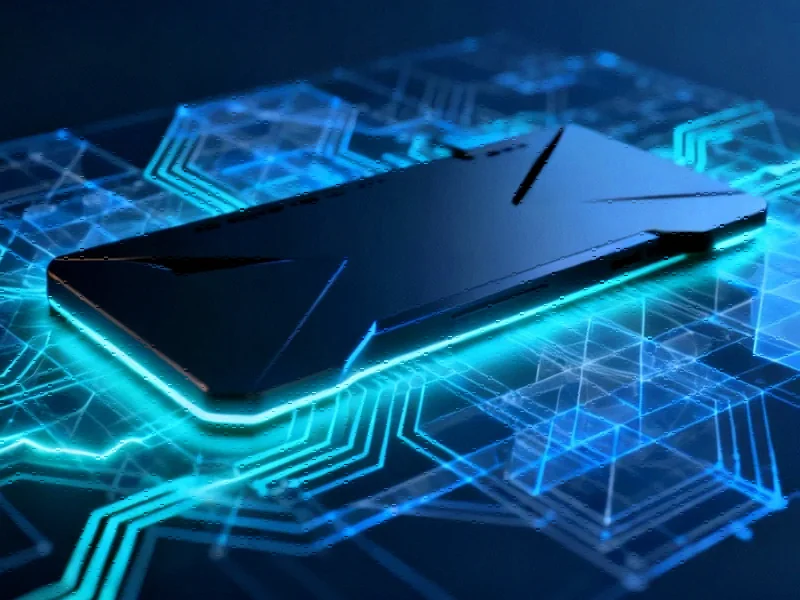Unexpected Thermal Performance in Samsung’s Latest Fan Edition
Recent firmware-based testing has revealed a surprising development in Samsung’s upcoming Galaxy S25 FE, raising questions about the effectiveness of its thermal management system. Despite featuring a larger vapor chamber than its predecessor, the device demonstrates significantly more aggressive performance throttling under load, creating a puzzling scenario for mobile computing enthusiasts and industry observers alike.
Identical GPU Architecture, Divergent Thermal Behavior
The Samsung Galaxy S25 FE and S24 FE share the same Samsung Xclipse 940 GPU, clocked at identical 1,095 MHz frequencies. This similarity makes their divergent thermal behavior particularly noteworthy. According to comprehensive testing documented in thermal performance analysis, the S25 FE exhibits substantially more rapid heating and performance degradation despite its theoretically superior cooling apparatus.
Industry experts note that this situation reflects broader industry developments in mobile computing, where thermal management has become increasingly critical as processors approach physical limitations. The discrepancy between hardware specifications and actual performance highlights the complex interplay between component design, firmware optimization, and real-world thermal dynamics.
Performance Metrics Reveal Significant Gap
During rigorous GPU stress testing, the performance differential between the two devices becomes starkly apparent. The S25 FE maintains only 59% to 66% of its peak performance under sustained load, while the S24 FE demonstrates superior thermal stability, maintaining 71% to 72% of peak performance. This performance gap occurs despite the S25 FE’s more advanced cooling system, suggesting underlying issues beyond simple hardware specifications.
This thermal challenge comes amid wider digital transformation trends across industries, where computing efficiency and thermal management are becoming critical factors in product design and performance optimization.
Potential Explanations for the Thermal Paradox
Technical analysts have proposed several theories to explain this unexpected performance characteristic. The slightly higher clock rate on the S25 FE’s high-performance core may generate disproportionate thermal load, overwhelming even the enhanced cooling system. Alternatively, firmware-level thermal management algorithms might be overly conservative, triggering throttling at lower temperature thresholds than necessary.
These developments in mobile computing parallel technological imperatives across other sectors, where balancing performance with operational stability remains a persistent engineering challenge.
Broader Implications for Mobile Computing
The S25 FE’s thermal performance issues highlight the ongoing challenges in mobile processor design and thermal management. As manufacturers push performance boundaries, effective heat dissipation becomes increasingly critical. This situation underscores the importance of digital resilience in modern computing systems, where sustained performance under load separates premium devices from their competitors.
These mobile computing challenges reflect similar issues in other technology sectors, including critical infrastructure considerations where thermal management and performance sustainability are equally vital.
Industry Context and Future Outlook
The smartphone industry continues to navigate the complex balance between performance, thermal management, and battery life. Samsung’s approach to the S25 FE’s thermal challenges will be closely watched by competitors and consumers alike. As market trends increasingly favor sustained performance over peak theoretical capabilities, manufacturers must prioritize comprehensive thermal solutions rather than simply increasing cooling system size.
This focus on practical performance aligns with broader critical infrastructure requirements across the technology landscape, where reliability and consistent operation often outweigh raw specifications.
Conclusion: Beyond Specifications to Real-World Performance
The Samsung Galaxy S25 FE’s thermal performance serves as a reminder that hardware specifications alone don’t determine user experience. The integration between components, firmware optimization, and thermal management creates the final performance profile that users actually experience. As the industry continues to evolve, manufacturers must address these complex interactions to deliver devices that perform consistently in real-world conditions.
These technological challenges parallel strategic considerations in other sectors, including strategic business expansions where underlying infrastructure must support ambitious growth objectives. The resolution of the S25 FE’s thermal management issues will provide valuable insights into Samsung’s engineering priorities and the future direction of mobile computing performance optimization.
This article aggregates information from publicly available sources. All trademarks and copyrights belong to their respective owners.
Note: Featured image is for illustrative purposes only and does not represent any specific product, service, or entity mentioned in this article.



